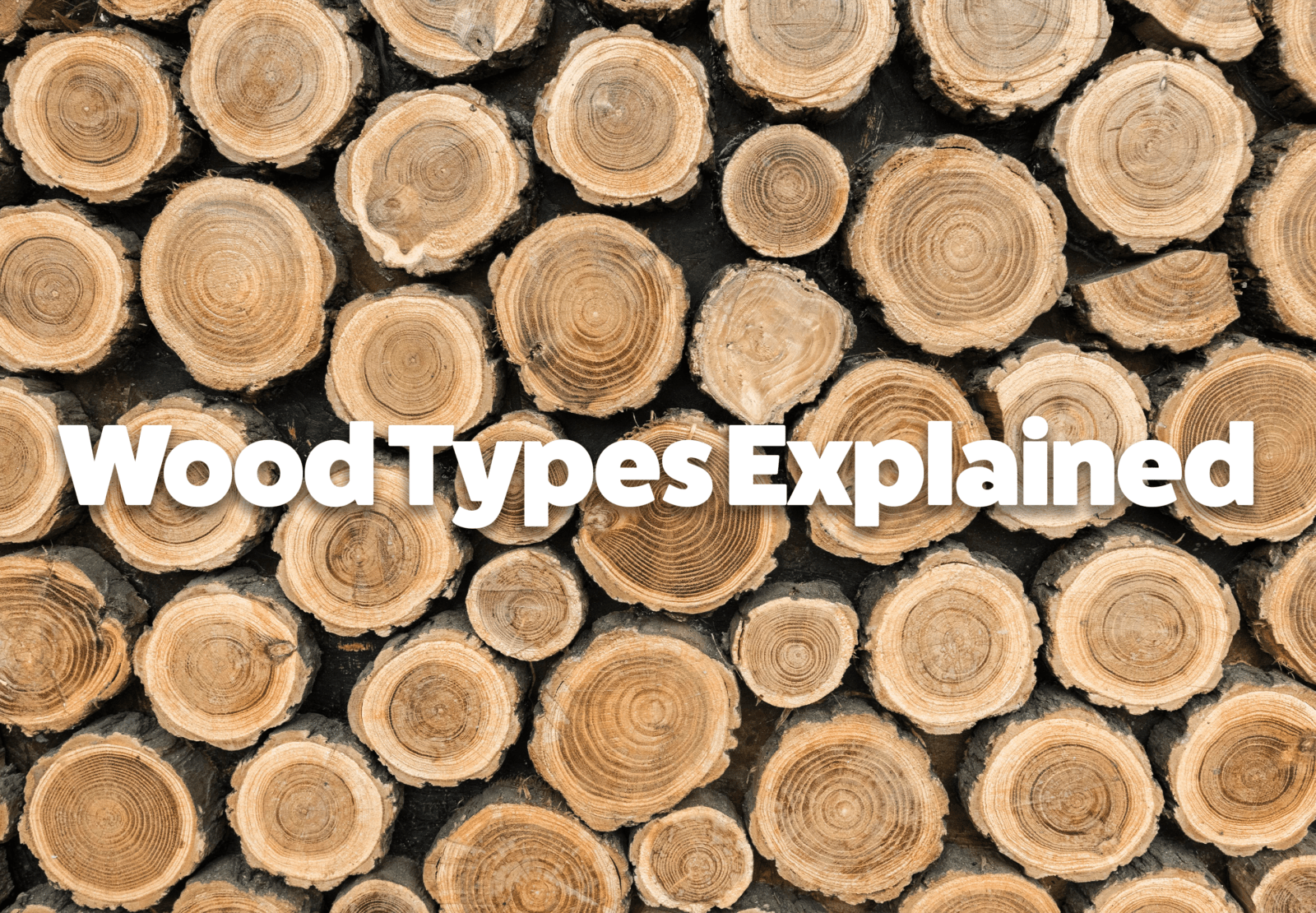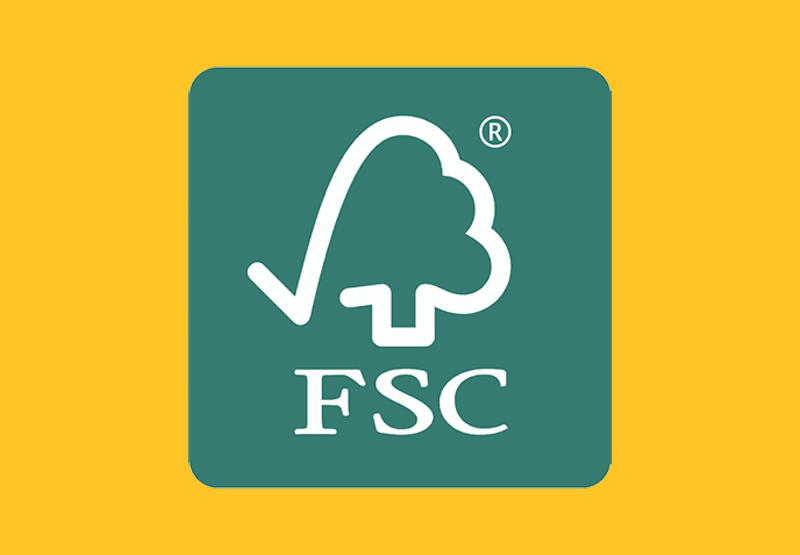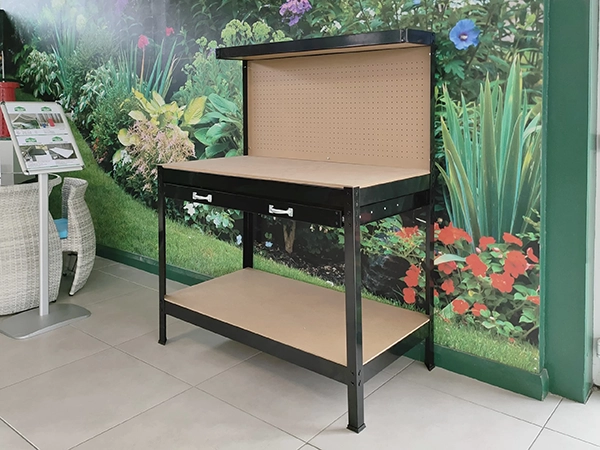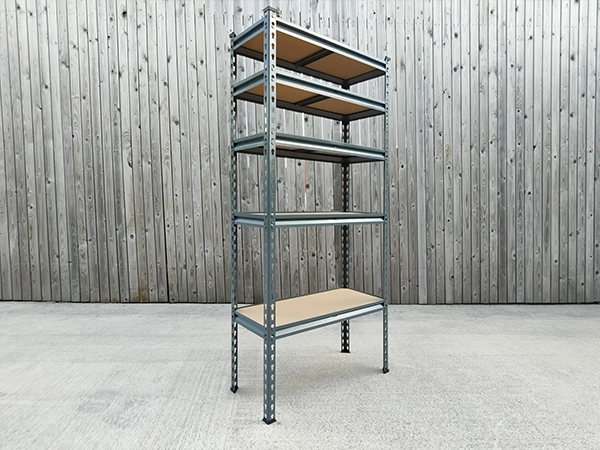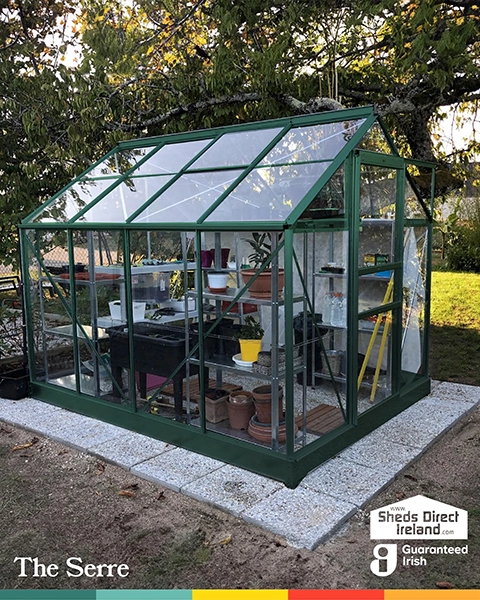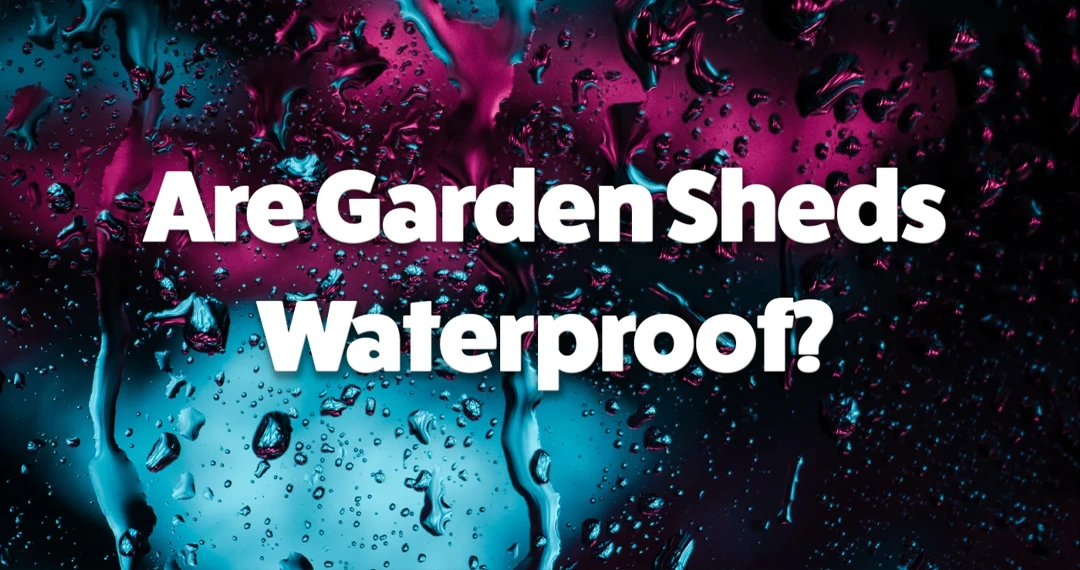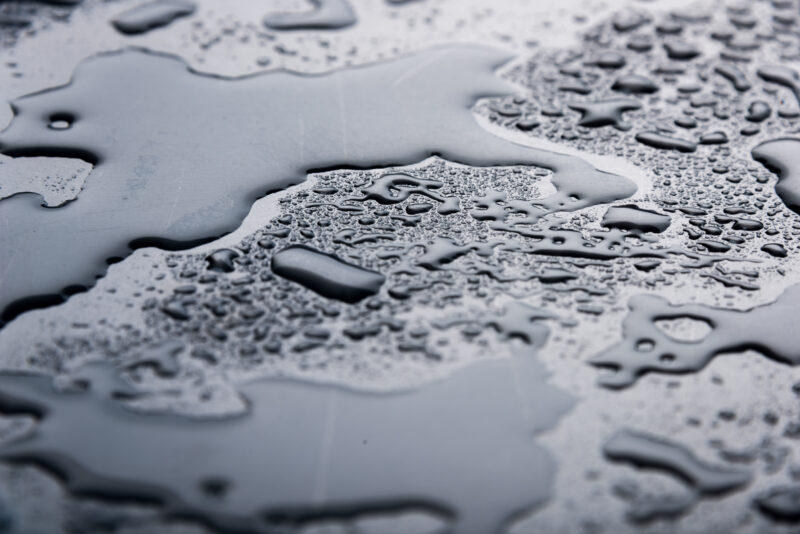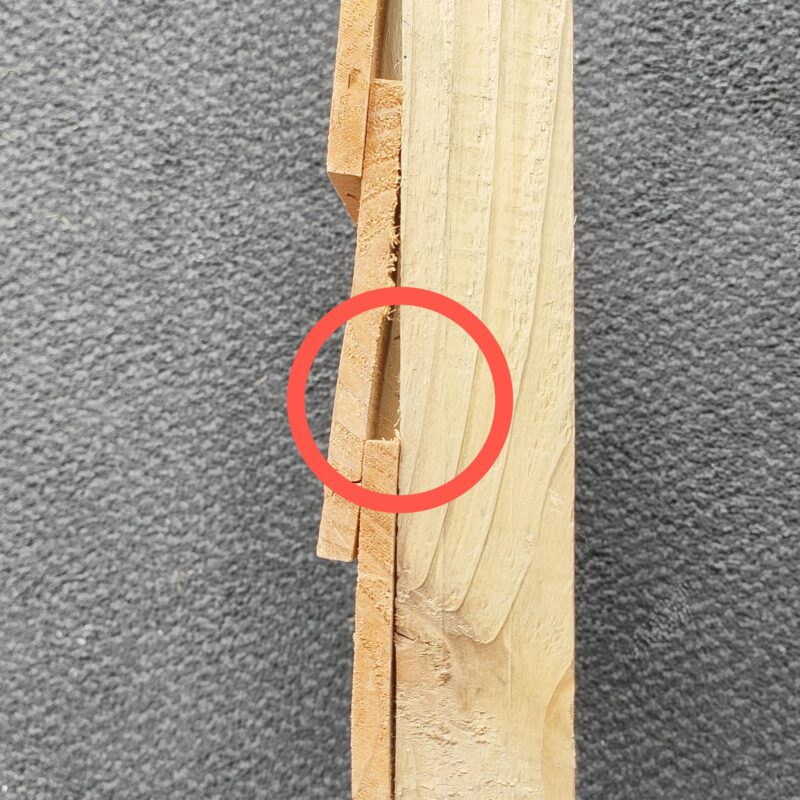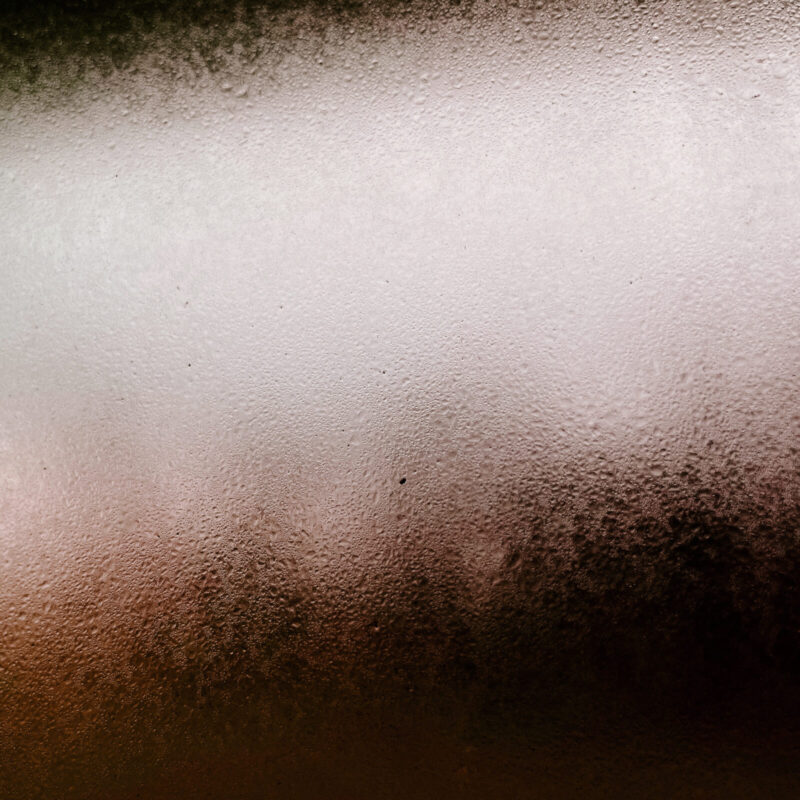How To, Steel Sheds, Wooden Sheds
Are Garden Sheds Waterproof?
Are Garden Sheds Waterproof?
A burning question for Irish people looking to buy a shed is ‘are garden sheds waterproof?’. Which, I mean, yeah, fair enough. We live in one of the rainiest places in the world, so it’s a good question. The good news straight off the bat is that as standard all of our sheds are waterproof. There are instances where rain can get in, through damaged panels for example. We’ll look at this and condesation in more detail below.
So, why does it always rain on me?
On average it rains one out of every two days in Ireland, mostly in the West. We’ve a fairly wet, damp climate, but sure, you already knew that. Having a shed that is waterproof in Ireland is basically essential. So. it’s no surprise then, that all the major shed companies in Ireland sell sheds that are suitable for this climate. Steel Sheds and non-basic Wooden Sheds are the only realistic options for Irish environment. These offer good resistance against the elements.
If you’re shopping for a Steel Shed, you’ll notice that there are various sheet thickness’ available. Internal linings are another differentiating factor. Neither of these will affect how much rain gets in alone. The thicker steel makes the shed more robust and the linings generally offer protection against condensation formation.
Wooden Sheds are slightly different; Deluxe and Barrel Board sheds are made with tongue-and-groove wood, so it’s airtight against the elements. Rain won’t get into these. However, the basic, rustic wood is a really thin board. It’s overlapping boards too, which creates partially exposed sections. As they’re overlapping, they are exposed to the elements, so during particularly bad weather, you will see rain water seep in through these pores. Do not store anything in a rustic shed that can be affected by damp or rain!
Plastic Sheds?
Plastic Sheds are having a strange comeback at the moment; they were popular briefly in the early 2000s, but they quickly went out of fashion as they’re lightweight, liable to condensation and not the easiest to keep secure. The only companies that sell plastic sheds in Ireland, aren’t based in Ireland. Which, should say a lot.
So today we’ll look at what garden sheds might be best suited for you during the rainy days ahead and whether it’s waterproof, but first, we’ll look at the word ‘waterproof’ itself.
Waterproof
We’re going to use the term waterproof in the way everyone uses it in day-to-day conversation. There’s a technical definition of it out there that’d bore the arse of even the most bespectacled of pocket-calculator sporting nerds, but when we say waterproof we’re talking about wether the stuff in your shed is going to get wet or not. As we’ve already said, most good sheds will not let the rain in. However there are somethings that you may need to be aware of if you’re looking to keep all your bits and pieces dry.
Are Steel Sheds Waterproof?
Steel Sheds are ideal shelters for your garden tools from the rain. Rainwater simply runs down metal surfaces. Some of our steel sheds are made with zinc-coated panels and galvanised steel. Providing you’re not going around scratching these protective layers off, they’ll keep the rain at bay and they won’t rust either. Some of our steel sheds even come with gutters and outlet spouts, which further protect your sidewalls from rain and which give you the option to direct this rainwater away as needed. If you’re concerned about rain getting into a steel shed, we recommend getting one with gutters.
Where Steel Sheds become less water-tight is in the area of condensation (more on this later), or when they become damaged. As such, lighter sheds which are easier to damage (like our old, now out-of-stock Woodgrain Sheds), can become more problematic if they are left untreated after incurring a good whallop. If a shed is damaged and the protective layer has been damaged, the area that suffered the blow is open to deterioration. The exposed steel can let rainwater in, which over time, will break down, begin to rust and this can eat through panels of your shed; panels that breakdown, let rain in. Once your steel shed is properly treated after it incurs any damage, it should not let any rainwater in. See our guide for how to treat scratches, here: Steel Shed Maintenance.
Similarly, if you allow your gutters to fill up with debris and don’t clean it out, rainwater may be forced into the edges of the eaves and allow rainwater to flow on the inside walls of your shed. As such, we strongly recommend that you clean out your gutters once a year.
Are Wooden Sheds Waterproof?
Wooden sheds offer vastly different levels of water resistance. It’s the wood type, that makes the most difference in how well the rain will be kept at bay. For example, basic rustic sheds are made with overlapping boards and rough wood. These overlapping boards have segments which are more likely to let rainwater in. You can see this area highlighted below:
It is for this reason that we note on our wooden shed pages that:
…we don’t recommend keeping anything that would be affected by damp in the Rustic Style of Wooden Shed.
Deluxe and Barrel Board sheds on the other hand are considerably more water-tight as they are made with ‘tongue-and-groove’ wood. This means that the wooden panels slot into each other which gives rainwater less chance to get in. Pressure Treated Deluxe wood and Barrel Board woods also come with an internal lining, which controls internal temperatures. This prevents against condensation; this isn’t available in rustic sheds because (as we’ve mentioned above), they can let in water which would damage this lining.
The main thing with wooden sheds is that they are kept raised. More on this under the importance of your base below.
“There’s no hole, but it’s leaking”
You can’t imagine how many people who have been in touch to tell us that there’s no hole in the roof of their sheds, but that it’s leaking. Magic aside, this just isn’t possible. If you’ve drops of water forming on your walls, it’s condensation. If you have a pool of water in the centre of your shed, with no hole above, it’s condensation.
Condensation forms where warm air meets cool air on a surface that allows the formation of water droplets. It’s considerably more common in steel sheds, so if you’re looking to keep condensation to a minimum, read our guide here: Condensation in Steel Sheds. It’s not impossible to eliminate condensation, but it depending on what you’re using your shed for (or even where it’s positioned), you may need to make a few changes.
How do you reduce condensation forming in your shed? Here are some of the ways:
- Put a damp-proof membrane under your shed’s base (not under the shed itself)
- Opt for a shed with anti-con lining (Either the Mammoth Sheds)
- Line your shed with insulation, e.g. Kingspan, PIR Boards, Bubblewrap, Foam board etc.
- Make sure your vents are kept clear and that air can flow throughout your shed
- Air out your shed regularly. This just involves leaving the door open for an hour or so on a dry day.
- Do not put anything that generates heat inside your shed (freidge-freezers, tumbledryers etc)
The Importance of your base
We’ve a pain in our faces telling you about the importance of a proper base for your steel shed. (No, really. I mean, we really are. It’s even all over the FAQs. I even built one myself to prove a point.). Bases are as important to how waterproof your shed is, as a good roof, in some respects. For example, if you build a steel shed on a wonky base, the frame won’t line up properly. If the frame doesn’t line up properly, gaps will appear where it’s off – and in time, these can let rainwater in. Fairly simple concept, right?
Other examples would be, if you somehow manage to get your frame built on grass. Here, the moisture levels in the soil will create an abundance of condensation in your shed, to the point where it’d look like it’s raining in your shed during the Winter months. Chances are however, that if you manage to build your shed on grass, the sides will sink at different speeds over time and your shed will be slowly pulled apart by gravity, again, causing the panels to warp, crack and allow water in.
It’s also important to have a base that’s level. lf it’s not, rainwater will just run under your shed. You can of course seal in the internal edges (under the floor) with the likes of Tec7, if needed, but you can avoid this hassle by getting it right at the start.
Bases for Wooden Sheds
On the flipside, wooden sheds need to go up on blocks. If you build a wooden shed flush to the grass / a concrete base, they can sit in pools of water – which in our climate might not dry up for weeks on end. This constant dampness can erode away at sheds, even ones that have had a pressure treatment applied. Sheds that begin to degrade are more exposed and open to letting in water.
If you don’t want to look out at your lovely shed and see it letting in rain, make sure to take heed of our words. If you do, your shed should sit for decades without letting in rainwater. Oh and before we go there are some:
Obvious Exceptions
We’ve covered some more common issues, but we have to cater for the silly questions too, so it should go without saying that your shed is not water-proof if:
- You leave the door or window open
- You have not completed assembly
- You have made any structural modifications to it
- You have something that generates heat in it (like a washing machine, dryer etc – these can cause vast quantities of condensation to build inside a shed)
These will all lead to water appearing in your shed, fairly obviously.
Any questions about waterproof sheds?
Any questions? Get in touch with us through the livechat function on our site, call us at 01 864 4247 or message us on Facebook or Twitter. We’re only available during business hours (we need to sleep after a day of reminding people about solid, level bases), but if you get in touch after hours, we’ll get back to you as soon as we’re back in the office.



